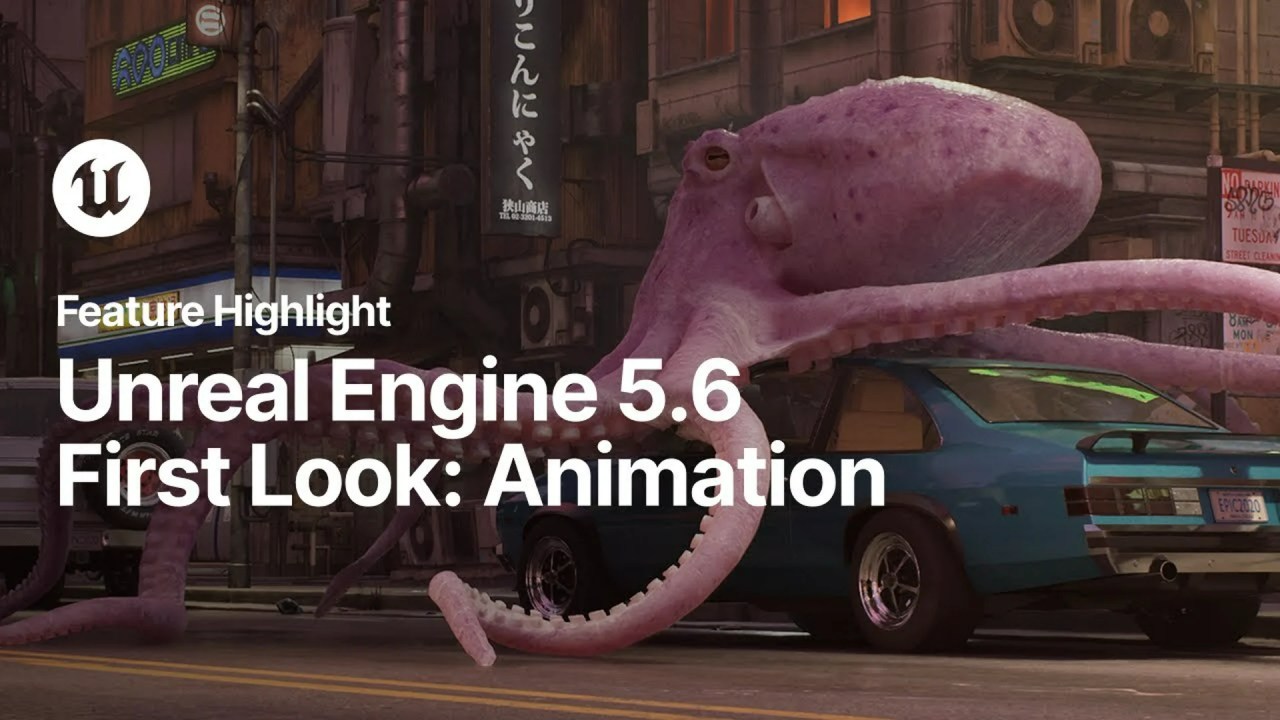This guide distills essential Blender configuration tips for optimizing performance, rendering quality, and project portability. Learn to fine-tune settings for faster renders, smoother viewport interaction, and robust data management.
Blender, the versatile open-source 3D creation suite, offers an incredible array of tools and settings that can significantly impact your workflow and final output. Navigating these options can be daunting, but thankfully, experts like blendereverything simplify the process. In their insightful video, “Every important blender setting,” they break down the most crucial configurations every Blender user should know.
This tutorial is a goldmine for anyone looking to optimize their Blender experience, whether you’re a seasoned professional or just starting your 3D journey. The creator covers everything from rendering speed to project portability, ensuring your work is efficient and secure.
Boost Your Rendering Performance
Optimizing render times is often a top priority for Blender artists. The video guide highlights several critical settings:
- GPU Rendering: As blendereverything emphasizes, enabling your GPU under Preferences > System for Cycles Render Devices is a game-changer. This dramatically speeds up processing compared to relying solely on your CPU.
- Light Paths: Reducing the number of diffuse, glossy, and transmission bounces can significantly cut render times with minimal quality loss for most scenes. For transparent objects showing dark artifacts, increasing transparency bounces resolves the issue.
- Persistent Data: Found under Render Properties > Performance, this feature caches geometry, shading, and textures, speeding up repeated renders and animations by reducing start times. It’s a fantastic way to accelerate iterative testing.
- Volume Step Rate: For effects like smoke and fog, a smaller step size offers high accuracy but increases render times. The tutorial recommends using a higher step rate for previews and lowering it for the final output to balance speed and detail.
Blender’s Cycles and Eevee render engines are incredibly powerful, and understanding these settings helps harness their full potential. For more in-depth knowledge, the official Blender documentation on rendering is an invaluable resource.
Streamline Your Workflow and Ensure Project Portability
Efficient project management and data integrity are crucial. This expert offers vital advice:
- File Paths (Relative vs. Absolute): The video stresses the importance of using relative paths, which save file locations relative to your Blender project. This makes projects portable and prevents broken links when sharing, moving, or backing up files. Absolute paths are only recommended for fixed, unmoving assets.
- Autosave & Incremental Saves: Never lose your work! Blender’s autosave feature allows recovery from crashes (File > Recover > Autosave), while “Save Incremental” creates new versions without overwriting previous ones, providing a robust fallback system.
- Export/Import Key Bindings: To avoid re-setting custom key bindings with new Blender versions or on different computers, the creator advises exporting them from preferences and importing them as needed.
- Autopack Resources: Under File > External Data, this option bundles all external files (textures, sounds) directly into your
.blendfile. This ensures complete portability, albeit with an increased file size. It’s ideal for sharing or archiving projects.
For artists who frequently move projects or work with various assets, the concept of autopacking resources is a lifesaver, especially when dealing with extensive libraries or addons like those offered by the video’s author, such as the Lazy 3D Bundle or Matplus, which can greatly enhance your material workflow.
Fine-Tune Simulations and Modeling Details
Dynamic scenes and detailed models require careful configuration:
- Rigid Body World: For physics simulations, blendereverything explains how simulation steps dictate calculation frequency (more steps for accuracy, fewer for speed) and solver quality enhances precision. Balancing these is key for realistic interactions.
- Cloth Simulation: This involves quality steps for smoothness, pressure for inflatable effects, and collision settings to prevent clipping. Higher values increase realism but also computation time.
- Subdivision Surface Modifier: Use lower ‘Levels Viewport’ (one or two) for responsive editing and higher ‘Levels Render’ (three or four) for the final polished output, optimizing performance during creation without sacrificing render quality.
- Force Fields: Strength determines the force’s power, while fall-off controls how it weakens with distance, allowing for natural, fine-tuned effects from gentle breezes to dramatic explosions.
- Cavity Shader: A viewport-only overlay, this enhances surface detail visibility by darkening recessed areas and brightening raised ones, aiding in modeling and texturing without affecting the final render.
These simulation parameters are fundamental for creating dynamic scenes. For complex environmental simulations, powerful tools like The Nature Generator or The City Generator from the same creator can significantly speed up scene creation, allowing you to focus on fine-tuning these intricate details.
Conclusion
Understanding and correctly configuring these Blender settings, as expertly demonstrated by blendereverything, is key to unlocking a more efficient and powerful 3D workflow. By taking the time to adjust these preferences, you’ll not only speed up your rendering times but also ensure your projects are robust, portable, and visually stunning. Blender’s open-source nature thrives on community knowledge, and tutorials like this empower users to truly master the software.



